Former Google CEO Eric Schmidt weighs in on where AI is headed, when to “pull the plug” and how to cope with China.
Get the latest international news and world events from around the world.
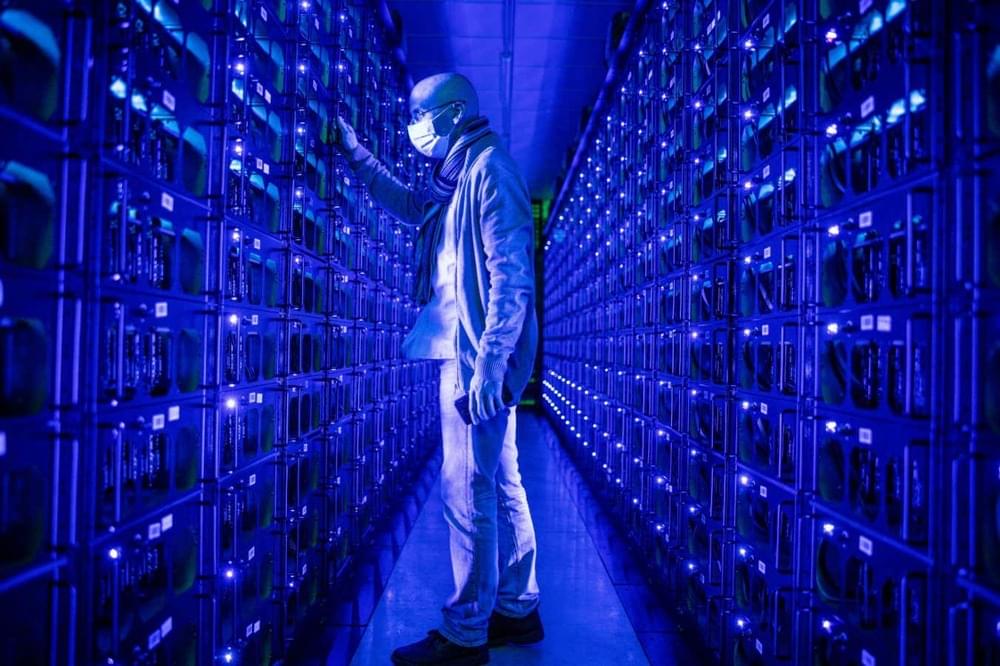
Quantum computers could slash the energy use of cryptocurrencies
Mining cryptocurrencies like bitcoin could be done using quantum computers, cutting their electricity use by 90 per cent.
By Alex Wilkins
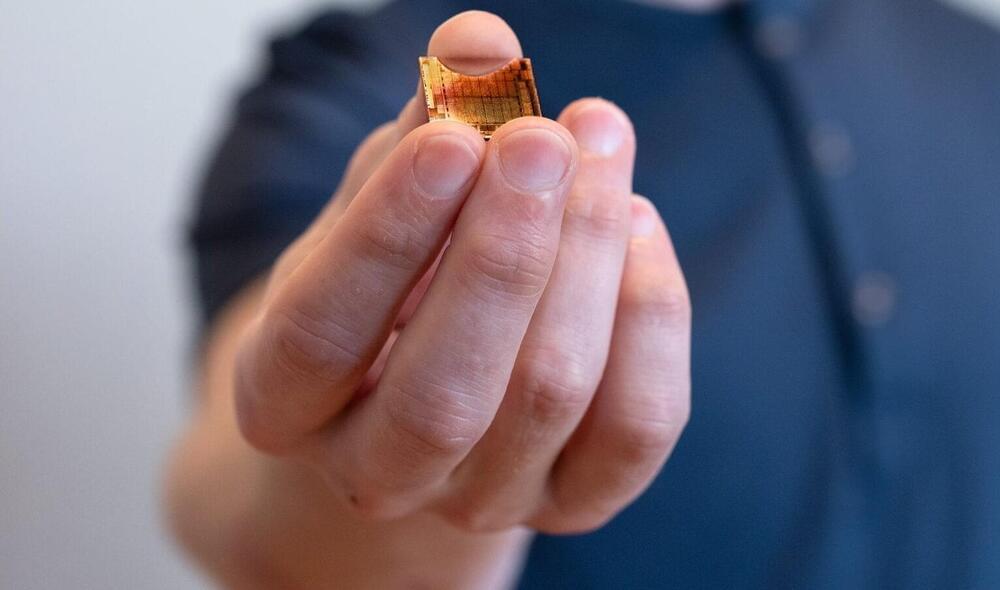
Meta plans to use 10 times more compute to train its next-generation Llama 4 AI model
Meta CEO Mark Zuckerberg believes open-source language models like Llama are the future of AI. The company is investing heavily in computing power for its next-generation model and expects AI chatbots to become ubiquitous on websites soon.
Ad.
“I think we’ll look back on Llama 3.1 as a turning point in the industry, where open-source AI started to become the industry standard, like Linux,” Zuckerberg said during the latest earnings call.

When We’re Overly Optimistic about the Pace of Life Extension Research
I have a new essay out via the wonderful site Merion West. The article is based on some of my experimental writings at Oxford. I hope you’ll read and consider it. I’m highly worried life extension science isn’t moving forward fast enough!
“Sadly, biological humans are likely to be mortal for centuries more, unless a dramatic increase of both resources and life extension scientists are marshaled.”
Certain well-known gerontologists and longevity experts around the world believe that sometime in this century—probably in the next 15–50 years—medicine will likely overcome and cure most forms of disease, and even death itself. Billionaires such as Meta’s Mark Zuckerberg, Amazon’s Jeff Bezos, Alphabet’s Larry Page, and Oracle’s Larry Ellison have jumped on board, pledging billions of dollars to “conquering all disease by this century” and mortality altogether.
These business titans hope age reversal techniques via genetic editing therapies, stem cell rejuvenation, 3D bioprinting of organs, and the widespread creation of synthetic organs like artificial hearts could keep people indefinitely young and healthy. If biological human death from disease and aging are overcome, then only catastrophic accidental death—such as an airplane crash or incineration—can kill people. (Accidental death in this vein accounts for about seven percent of all deaths in the United States.)
Transhumanists believe that the human being is like a machine—an entity that can be fixed and made to overcome nearly all biological death. The question is how fast can this be done? If the human being is indeed a machine-like entity as nearly all credible scientists propose, then the answer almost certainly rests not in the limits of biology but, rather, in the amount of work and resources put into the life extension field.
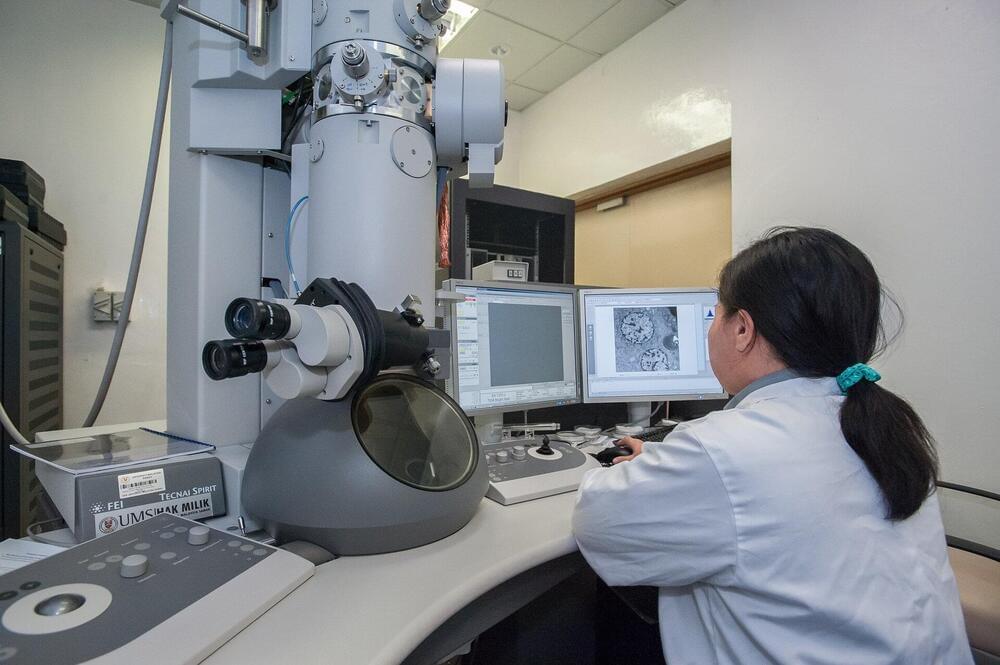
Microscopy breakthrough promises better imaging for sensitive materials
An international team of scientists, led by Trinity College Dublin, has devised an innovative imaging method using state-of-the-art microscopes that significantly reduces the time and radiation required. Their work represents a significant breakthrough that will benefit several disciplines, from materials science to medicine, as the method promises to deliver improved imaging for sensitive materials such as biological tissues that are especially vulnerable to damage.
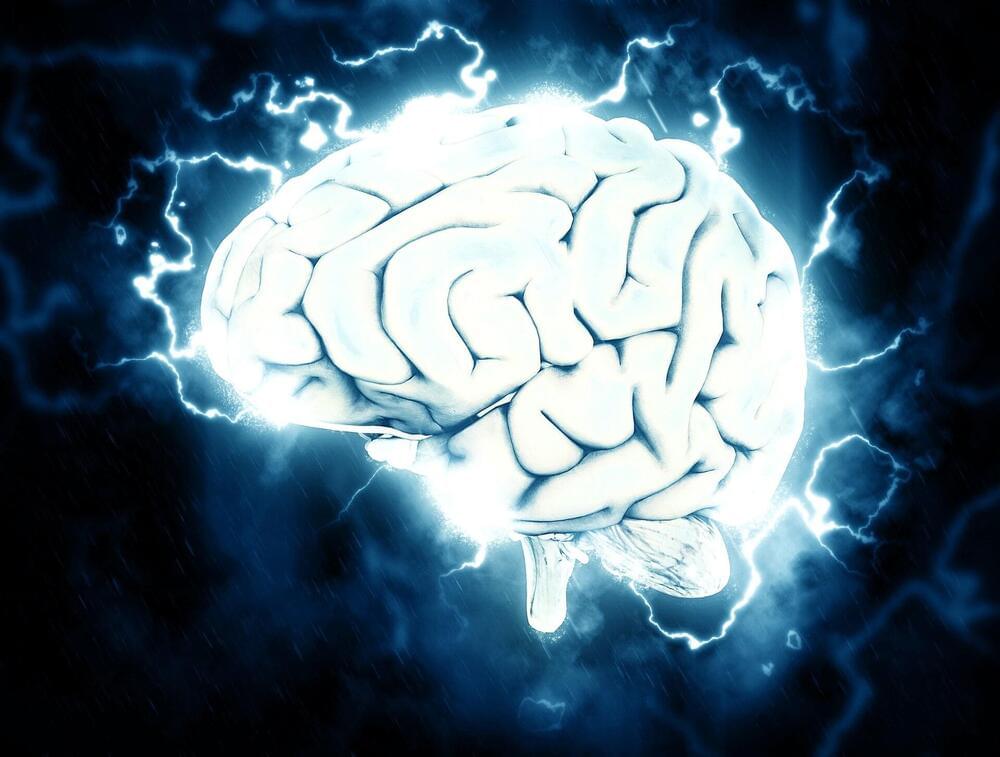
Exploring consciousness with ‘eureka’ moments
For generations, researchers have been pondering the question of how and where consciousness is formed in the brain. Professor Ekrem Dere from Ruhr University Bochum, Germany, proposes a new approach to researching conscious cognitive information processing. He advocates defining phases of conscious cognitive processes on the basis of behavioral observations and learning curves.
“Learning is often not a gradual process, but takes place in leaps and bounds; you could say that humans and animals experience sudden epiphanies every now and then,” he says. “It’s likely that these experiences are preceded by conscious processes.”
Dere outlines his new approach, which might apply to both humans and animals, in an article published in the journal Frontiers in Behavioral Neuroscience.
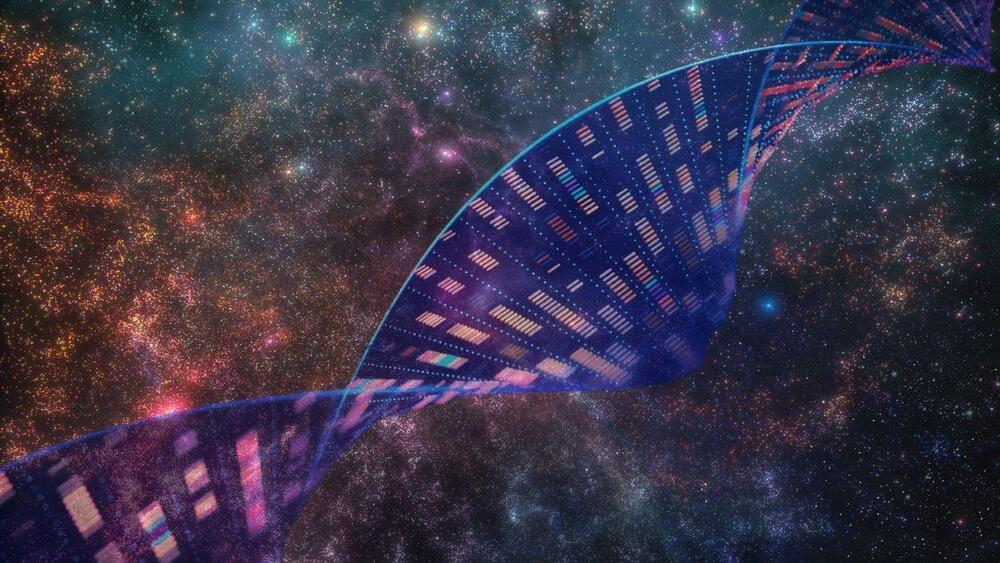


Angela Carini abandons Olympic fight after 46 seconds against Imane Khelif
The Italian boxer Angela Carini broke down in tears after she abandoned her bout against the Algerian Imane Khelif after 46 seconds in a fight that sparked huge controversy at the Olympics.
Khelif is one of two boxers permitted to fight at the Olympics despite being disqualified from the women’s world championships last year for failing gender eligibility tests.

Taiwanese Artist Creates an Amazing Full-Size Iron Man Suit Out of Cardboard
20-year-old Taiwanese artist Xhongkai Xiang has created an amazing full-size Iron Man suit out of cardboard. It took him an entire year to build the highly detailed suit. You can view more photos of his work on the Stan Winston School of Character Arts blog.
Images and video via Stan Winston School of Character Arts.